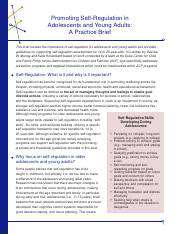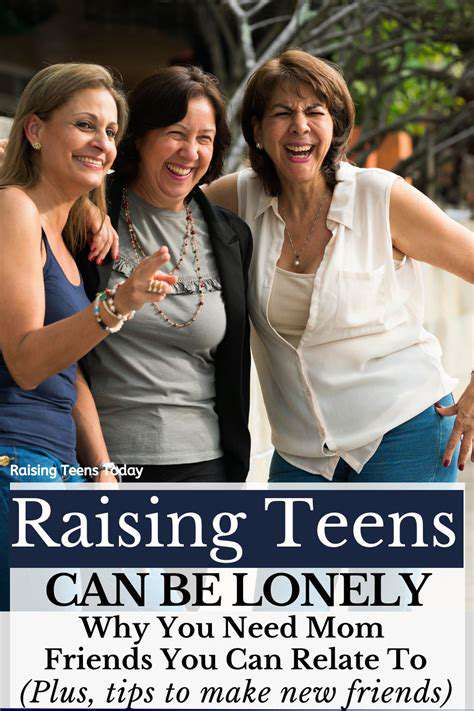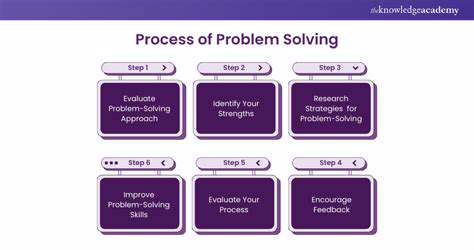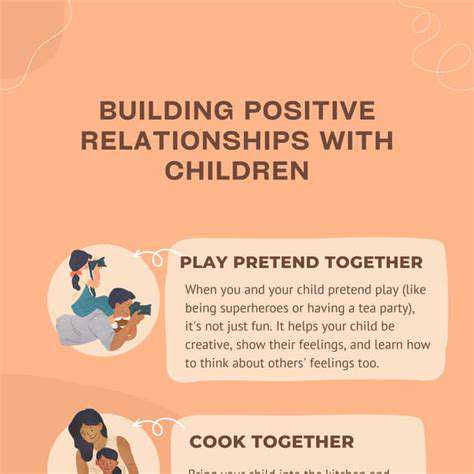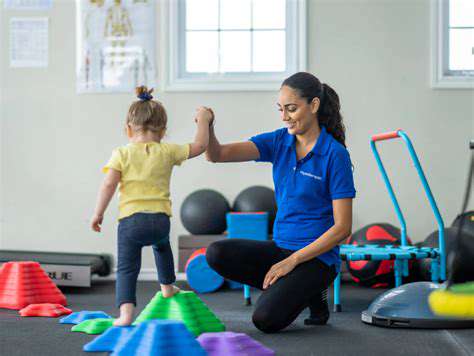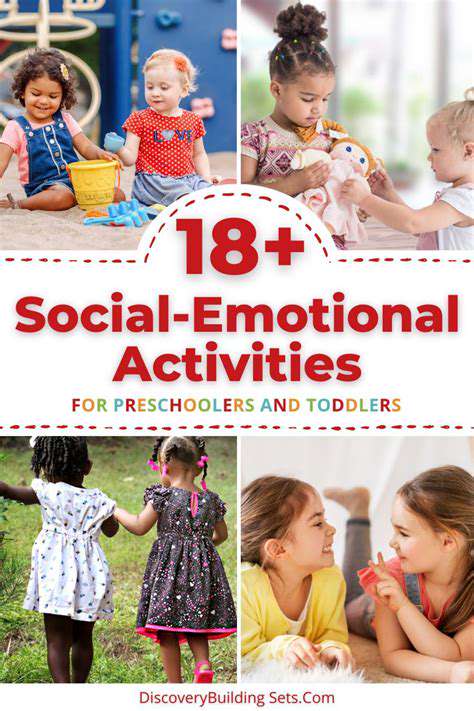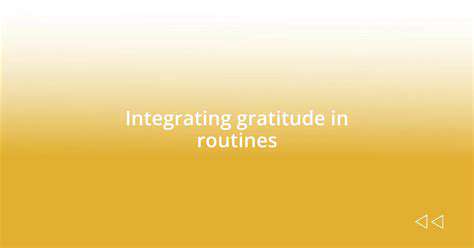Through detailed articles, practical guides, and expert insights, we cover topics like early learning strategies, emotional and social development, behavior management, and effective parenting techniques. Whether you're seeking advice for your toddler's milestones, ways to handle challenging behaviors, or parenting tips for fostering a loving family environment, we’re here to support you every step of the way.
Art Activities for Toddlers: Fostering Creativity & Self Expression
Sep 15, 2025
Addressing Nightmares and Bad Dreams in Children
Sep 15, 2025
Parenting Techniques for a Loving and Supportive Family
Sep 14, 2025
Promoting a Positive Self Image: Nurturing Self Acceptance in Kids
Sep 13, 2025
Toddler Milestones: Understanding Your Child's Development
Sep 13, 2025
Age Appropriate Chores: Fostering Responsibility from an Early Age
Sep 12, 2025
The Power of Play Based Learning: Why Play is Essential for Development
Sep 12, 2025
Teaching Cooperation Through Family Chore Games
Sep 12, 2025
Gentle Parenting for Separation Anxiety: Building Security
Sep 11, 2025
Effective Parenting: Raising Happy, Well Adjusted Kids
Sep 07, 2025
Family Traditions: Creating Lasting Memories Together
Sep 06, 2025
Early Intervention: Recognizing and Addressing Concerns
Sep 06, 2025
Addressing Lying in Children: Guiding Towards Honesty
Sep 06, 2025
Managing Sibling Disputes: Peaceful Resolutions
Sep 06, 2025
Art as Therapy for Kids: Expressing Emotions Creatively
Sep 06, 2025
Navigating Toddler Milestones: What to Expect & How to Support
Sep 05, 2025
Early Science Experiments: Hands On Learning for Curious Minds
Sep 05, 2025
Teaching Gratitude: Cultivating Thankful Hearts in Young Children
Sep 05, 2025




